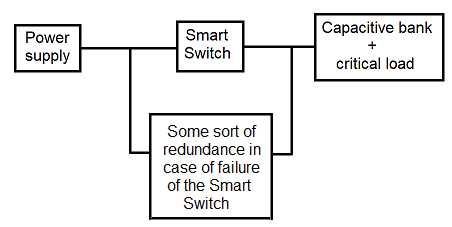Dear all
We're developing a project that have this smart switch in order to limit the charge current over a capacitive bank, connected directly to a brushless blower.
Since we need redundant protection over this point, is it possible to parallel two devices? In other words, if one fails, the other is still there.
Would we need to 'separate' the two devices using OR diodes?
Thanks in advance
Renato


